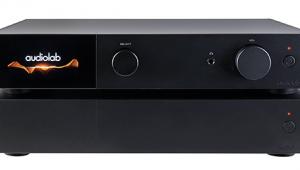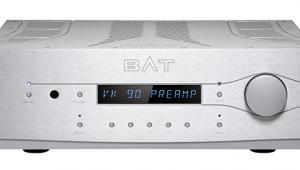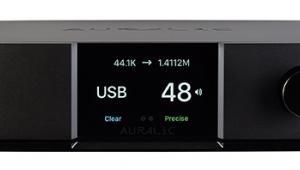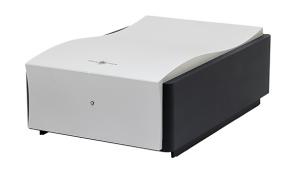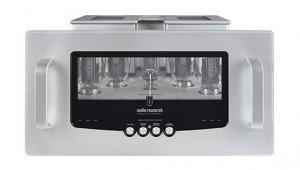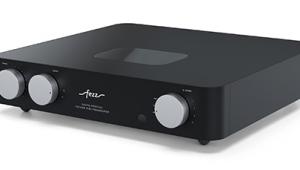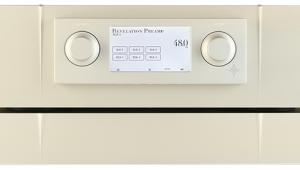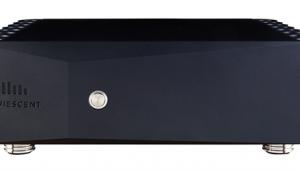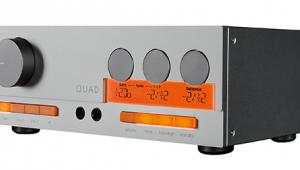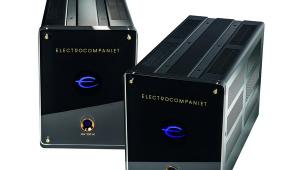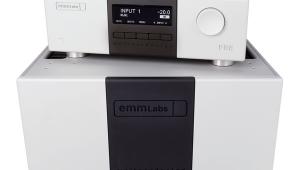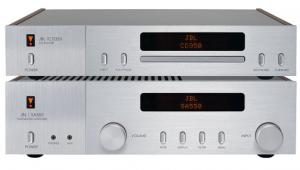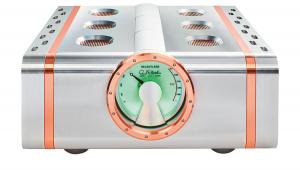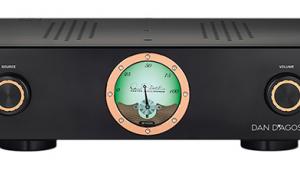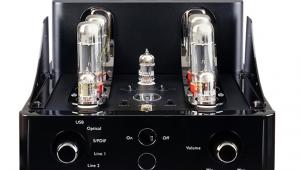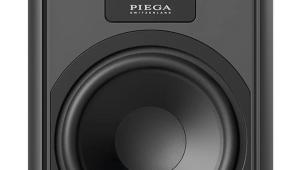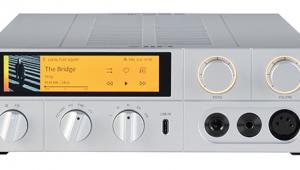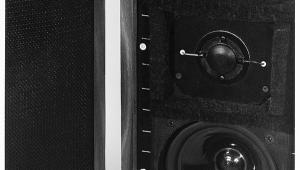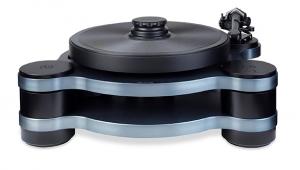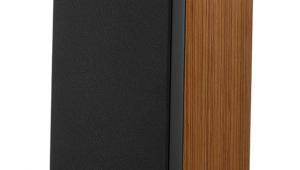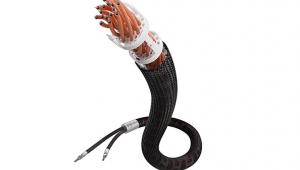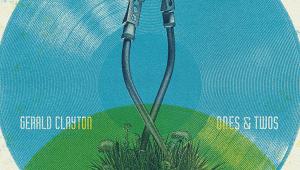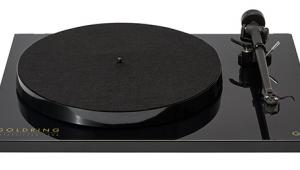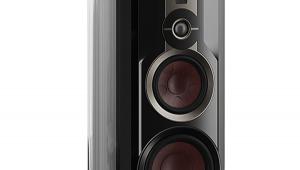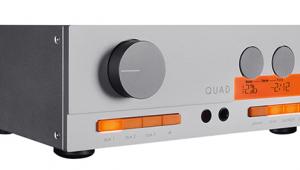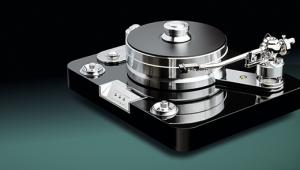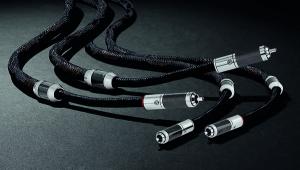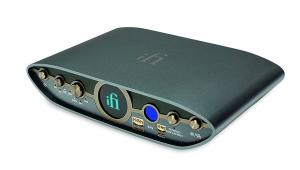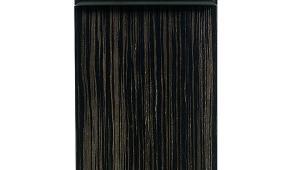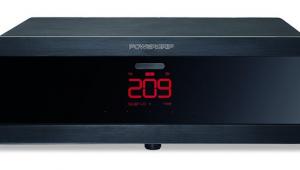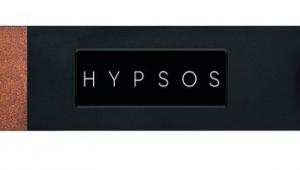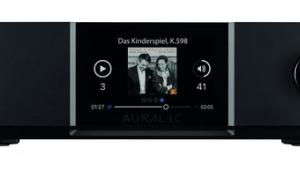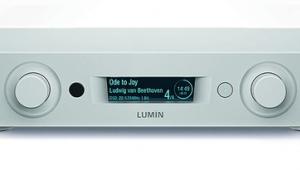Manley Neo-Classic 300B tube power amp
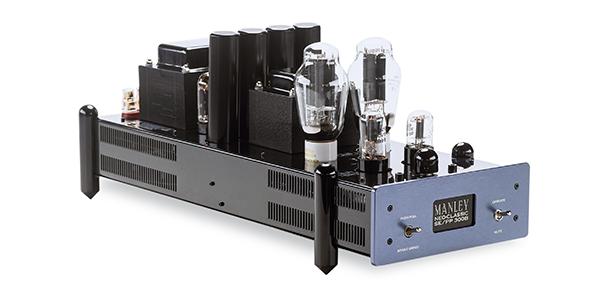

Are you the hands-on type who finds most power amps a bit boring because all they have is an on/off switch? Manley Laboratories’ Neo-Classic SE/PP 300B monoblock (£13,699 per pair) is the opposite: it lets you fine-tune the sound by fine-tuning the applied feedback.
Interactivity is just the start, redolent of the Marantz Model 9s and other amps of the 1950s/’60s which assumed user involvement including valve biasing. Better still, the Neo-Classic is one of those rare 300B-powered models which needn’t apologise for its power limitations [see PM's Lab Report]. Indeed, these turned out to be a wake-up call for me as I have always been rather ‘meh’ about 300B tubes.
Power up
While I have previously acknowledged their sweetness and warmth, the lack of power – especially in the preferred single-ended (SET) mode – made them suitable only for high-sensitivity horns, about which I’m also a bit ‘meh’. What’s changed me is buying a pair of DeVore Fidelity O/93s [HFN Mar ’23], a loudspeaker which even this Manley amplifier, factory rated at 11W in single-ended mode and 24W in push-pull, can drive to thresholds of pain.
While I wonder what safety campaigners would say about the lack of a valve cage, for those of you in love with tubes it’s a real eyeful. The most striking thing is the shape, an extended take on the ‘cigarette carton’ footprint with a usefully narrow 216mm frontal aspect but rather deep at 590mm front-to-back, while height is 229mm.
Starting at the front, the Neo-Classic’s minuscule fascia features a mute/operate toggle switch on the right and the toggle for choosing between push-pull and SE operation, flanking the illuminated Manley logo. On the top is a knob for dialling in between 0dB and 10dB of feedback in 1dB steps [see boxout]. As level (gain) changes with the amount of feedback, you must follow his instructions about listening at the same levels if you’re going to do comparisons between, say, 3dB and 7dB, or what-have-you, remembering that the results will also be dependent on the partnering speaker.
Ohm is where the art is
Behind the Neo-Classic’s feedback control knob are the 6SN7 driver and 6SL7 input valves, before you get to the two 300B tubes. Then follow the transformers and capacitors, and two 5AR4 rectifier valves. Lastly on top are a pair of multi-way speaker binding posts and a toggle switch to choose between 4-8ohm or 12-20ohm transformer taps. Input is via RCA only – there is no balanced XLR connection.
As is Manley’s wont, the owner’s manual is old-school extensive, and you’ll certainly need it when biasing the valves as the procedure is complex. As for the other user adjustments, I spent many hours going between the amplifier’s two impedance settings, push-pull versus single-ended mode, and varying the feedback. With every choice of speaker, these are set-by-ear operations.
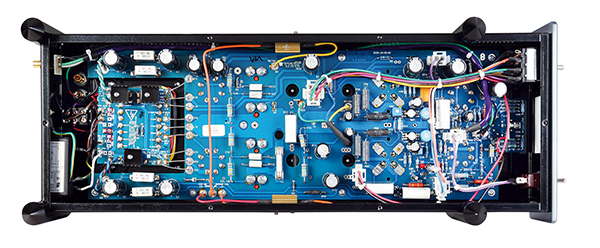
With impedance settings, feedback and single-ended versus push-pull to determine, assessing the Neo-Classic was not a case of ‘straight out of the box’ auditioning. Upon delivery, I opted for what would probably be the default for seasoned audiophiles: 0dB feedback, single-ended mode and the 12-20ohm speaker loading.
![]() Switched on
Switched on
Ultimately, what follows was undertaken with the higher of the two impedance settings for both the DeVore O/93 and 15ohm Falcon Acoustics LS3/5A speakers, with 8dB of feedback for the former and 5dB for the latter. Experienced users of amplifiers that allow the choice of push-pull or single-ended operation know that it’s not just the former’s added power which must be addressed when making comparisons: the sound is intrinsically tighter, more ‘solid’ in nature. As the speakers I used didn’t require the added power afforded by push-pull, and I preferred the sound of single-ended (words I never thought I would utter), I spent most of the time using this 300B amp in SE mode.
Not normally a fan of The Beatles’ Yellow Submarine soundtrack [Apple PCS7070], it just happened to be the first LP in my playlist when the amplifier arrived. Familiar songs had a freshness that was unmistakable, not least the hard rocking ‘Hey Bulldog’. This was an unusual choice given that ‘300B’ and ‘single-ended’ usually signal gentility and sweetness. Uh-uh.
This amp can rock – and that was without resorting to push-pull. The corny ‘All Together Now’ was so wide and open you could walk between the instruments and voice, strummed guitar far left, Macca far right. As for the layers of sound effects in the title track, the Neo-Classic resolved these with an authenticity that reminded me of BBC Sound Effects Library CDs.
Grand canyon
As vocals are my ‘thing’, I turned to Joni Mitchell’s Ladies Of The Canyon [Mobile Fidelity UD1S 2-049]. A voice that fragile and clear shows up all manner of aberrant behaviour, but I heard nothing but purity. The irony/joy in ‘Big Yellow Taxi’ was conveyed with clarity, sibilance-free and yet respectful of her super-precise enunciation. From the delicacy of the opening track, ‘Morning Morgantown’, to the last notes of the exquisite ‘Circle Game’, Manley’s amp was an exemplar of refinement.
Despite the monoblock nature of the amps, which guarantees zero crosstalk at the amplifier stage of a system, I spent an entire day listening to mono LPs. I did this without using a mono cartridge or setting my preamp to mono, but it still proved illuminating. What made this so alluring, aside from the ‘super vinyl’ albums I chose, was a fullness to the Neo-Classic’s sound that made one overlook the LPs not being stereo.
I opened with Impex’s Sing And Dance With Frank Sinatra [IMP6054-1]. As 300Bs date from before the Second World War, I’d like to think that the early versions of this LP, issued in 1950, might have been heard through Western Electric’s finest – yet the Neo-Classic was letting me hear 75-year-old performances in a way I doubt would have been possible via the original 10in 33.3rpm LP or 78.
Already accustomed to the superiority of 1950s tapes, this opened my ears further to the achievements of the pre-stereo era. Sinatra’s voice had all the textures which made women swoon, while the expressiveness on chestnuts like ‘You Do Something To Me’ added to my admiration of a singer I place just behind Tony Bennett, Nat ‘King’ Cole and Dean Martin.
Miles apart
Even more riveting was Craft’s astonishing 4LP box set, Miles ’54 – The Prestige Recordings [CR00689]. Although cut only four years later than the Sinatra sessions, the sound quality available to Miles Davis audibly expanded the dynamic range and added heft to the bass and drums. The attack of the trumpet and the breathiness of the saxes were of a standard yet to be bettered, and it was here that both the feedback settings and the single-ended-vs-push-pull variances of the Neo-Classic were made vivid.
As theories go, this is pretty lame, but I feel that mono frees the listener (in auditioning mode rather than listening purely for pleasure) from the distractions of worrying about imagery, soundstage and other stereo-related virtues. Instead, one listens just to the performance and the instruments.
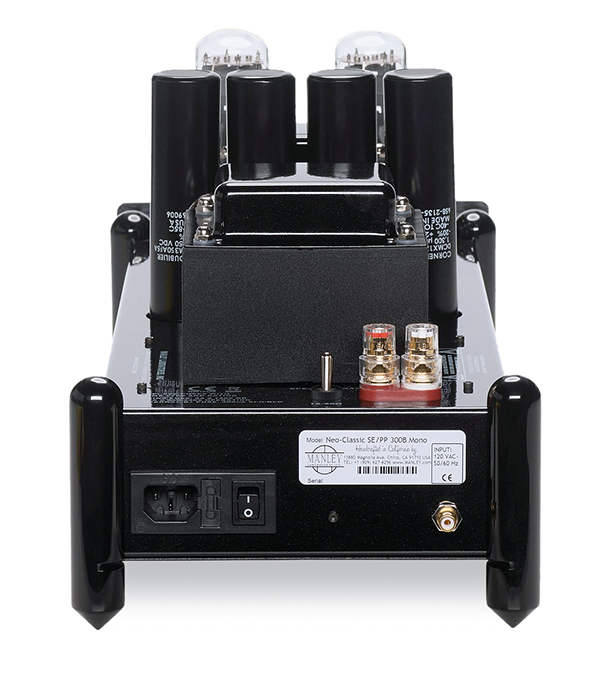
The two takes of ‘But Not For Me’, recorded at Rudy Van Gelder’s studio on 29 June 1954, are lessons in Jazz 101. You’re able to hear why saxophonist Sonny Rollins was a perfect match for Davis, both of them masters of subtlety. If you want an ‘in the room’ sensation, Milt Jackson’s vibes on ‘Bags’ Groove (Take 1)’ stopped me dead, so crisp was the attack, so liquid the sound. To hear it sound this dazzlingly ‘real’ back in 1954? Maybe Lowther horns and a Williamson amp?
Lesson learned
After the ying and yang experience of the DS Audio TB-100 cartridge energiser [HFN Apr ’25], which illustrated the differences between valves and solid-state, here’s an amp which does the same for feedback, speaker impedance settings and push-pull-vs-single-ended. Listening to it on my 73rd birthday, it proved you can teach an old dog new tricks. This isn’t just an amplifier. It’s an education and a revelation.
Hi-Fi News Verdict
While we can’t get away from the innate limitations of an amplifier’s power output, neither must we judge solely by the specs. For some decades, 300B-lovin’ SET fans have been on the hunt for triode amps with grunt, and the Manley Neo-Classic joins a select group of 300B models which outperform expectation. But that’s just decibels. The sound? Thanks to the flexibility, your wish is its command. This is magic.
Sound Quality: 88%

